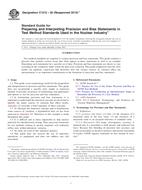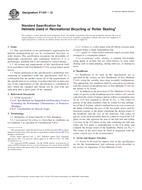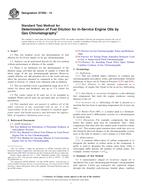1.1 The use of artificial lighting is often required to study the responses of living organisms to contaminants in a controlled manner. Even if the test organism does not require light, the investigator will generally need light to manipulate the samples, and the test might be conducted under the ambient light of the laboratory. One will need to consider not only whether the particular test organism requires light for growth, but also whether the environmental compartment relevant to the test is exposed to light and, if so, what the attributes of light are in that compartment. The light could affect growth of the organism or toxicity of a contaminant, or both. For instance, it has been shown that the toxicity of some organic pollutants is enhanced dramatically by the ultraviolet (UV) radiation present in sunlight (1, 2) .2 Furthermore, the level of ambient lighting in the laboratory (which might affect the test) is not standardized, nor is it comparable to natural environments. It is thus important to consider lighting in all forms of environmental testing. When light is used in the test, one should determine whether the spectral distribution of the radiation source mimics sunlight adequately to be considered environmentally relevant. Also, the container or vessel for the experiment must be transparent, at the point of light entry, to all of the spectral regions in the light source needed for the test.
Product Details
- Published:
- 07/31/2022
- Number of Pages:
- 15
- File Size:
- 1 file , 370 KB
- Redline File Size:
- 2 files , 790 KB
- Note:
- This product is unavailable in Russia, Ukraine, Belarus


